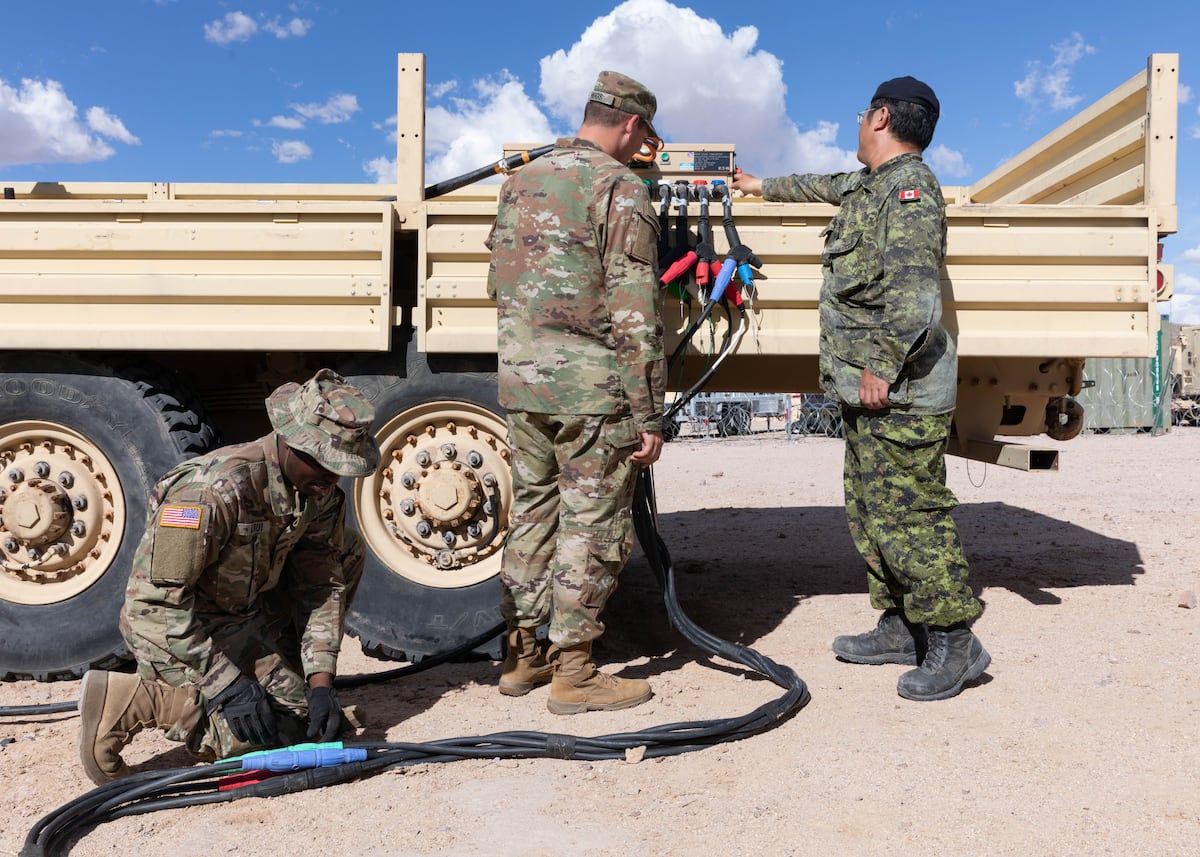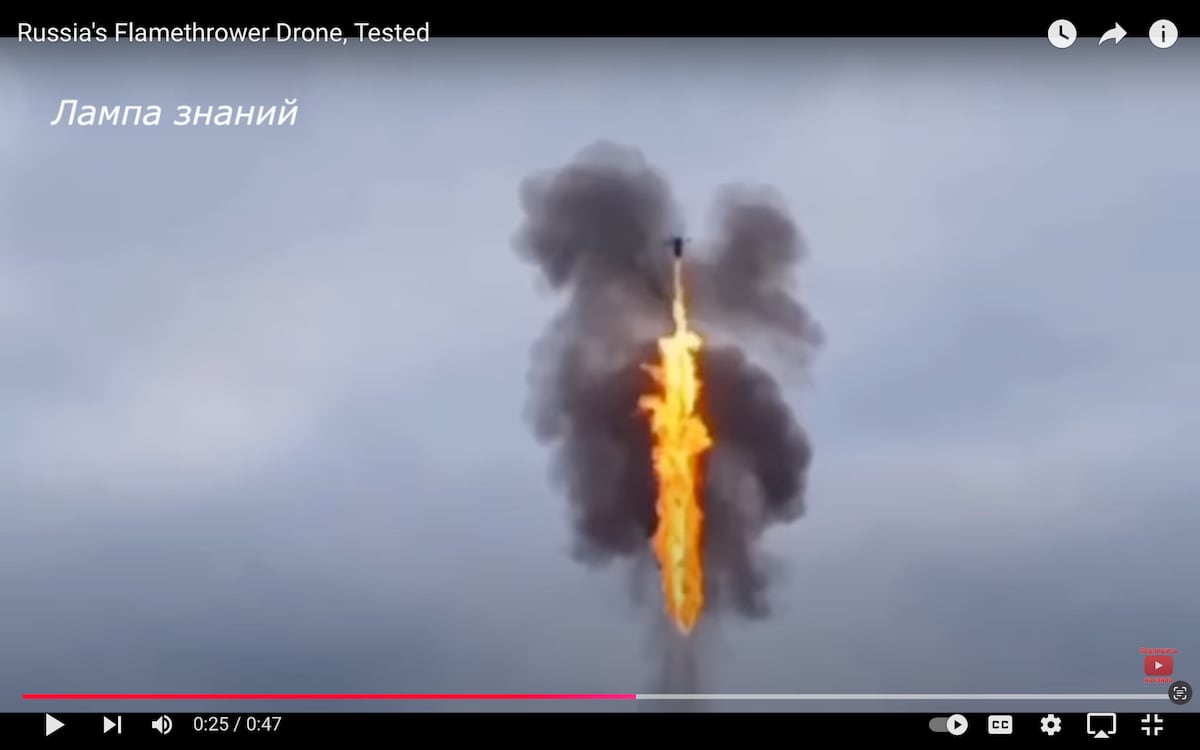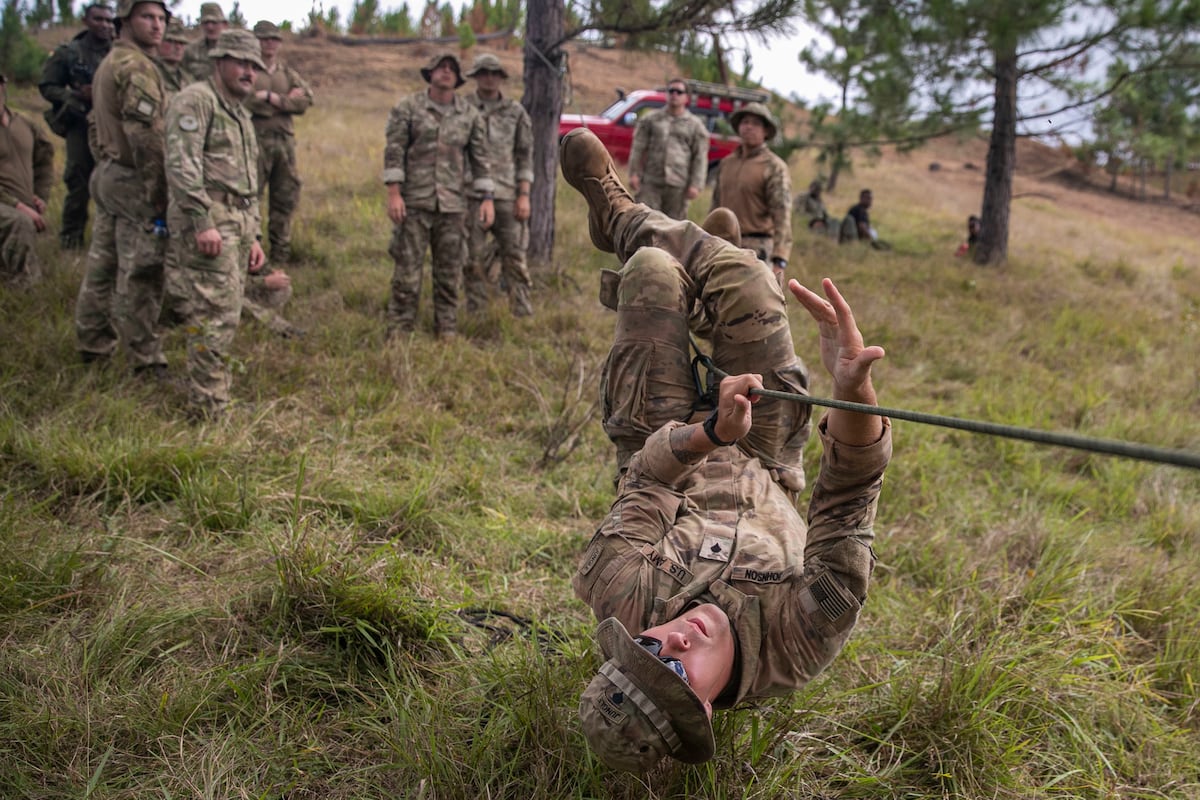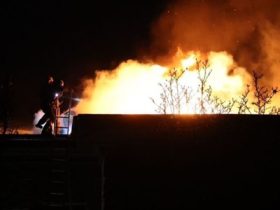The Army is pushing to assert its new standard for connecting battlefield power systems, creating expeditionary microgrids without the constraint of vendor-specific components, according to service officials in the Program Executive Office for Combat Support and Combat Service Support.
“We were seeing a lot of these power systems emerge that were different pieces of a microgrid, but right now, all of the microgrids that are out there use proprietary interfaces to talk,” Cory Goetz, who is the technical management division chief for the Army’s Expeditionary and Sustainment Systems program manager’s office, told Defense News shortly before the Association of the U.S. Army’s annual conference.
In order to develop the capability to get all of these systems to communicate, Goetz said, the Army decided to develop what it calls the Tactical Microgrid Standard, or TMS, in partnership with industry.
The standard was published officially in 2023, allowing for an open architecture for competitive procurement of power systems that can tie into an expeditionary microgrid architecture, Goetz explained.
“It allows us not to have to pure-fleet everything in the Department of Defense with tactical power. If someone has a good system, say it’s an energy storage system, if they make it with TMS, we can incorporate it into what we do after, of course, verifying it’s compliant,” he added.
The standards initiative is the basis of an effort called the Small Tactical Expeditionary Power, or STEP, project, which consists of small systems with hybrid capability that soldiers can operate quietly, toggling between fuel-burning energy production and batteries, Goetz said.
Then the Army is working on a Universal Power Gateway capability on the TMS basis. Its idea is to tie any power source or power storage capability into the service’s Advanced Medium Mobile Power Source (AMMPS) generator, made by Cummins.
“The UPG, that’s an emerging requirement that we see pointing to a program of record,” Goetz said. “It allows us to tie into those vehicles that will be exporting power in the future, and then be able to hybridize our generators for resilience and efficiency.”
As result, hybrid-electric vehicles would become nodes bundling what are now individual power connections to generators.
The program office is also working to push the microgrid standard to industry “in a more wholesale way, in a more organized way,” Goetz said.
Officials have created a user group, currently counting 40 companies, that they hope will draw relevant companies into a conversation of adopting and advancing the standard.
The program office hopes to field the STEP capability in fiscal year 2028, with the UPG initiative following a year later, though early variants of either project could be ready sooner.
Jen Judson is an award-winning journalist covering land warfare for Defense News. She has also worked for Politico and Inside Defense. She holds a Master of Science degree in journalism from Boston University and a Bachelor of Arts degree from Kenyon College.
Read the full article here








Leave a Reply